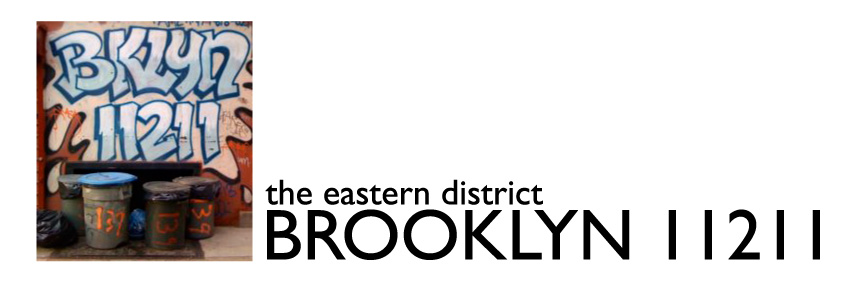If the plaza goes through, it will not only take part of the street, but also nix seven parking spaces in an area where every space is prime real estate.
Uh, this stretch of Broadway is not exactly overrun with traffic. The bigger impact will be that cars turning right on Bedford will have to go about 20′ out of their way. I think we’ll survive.
